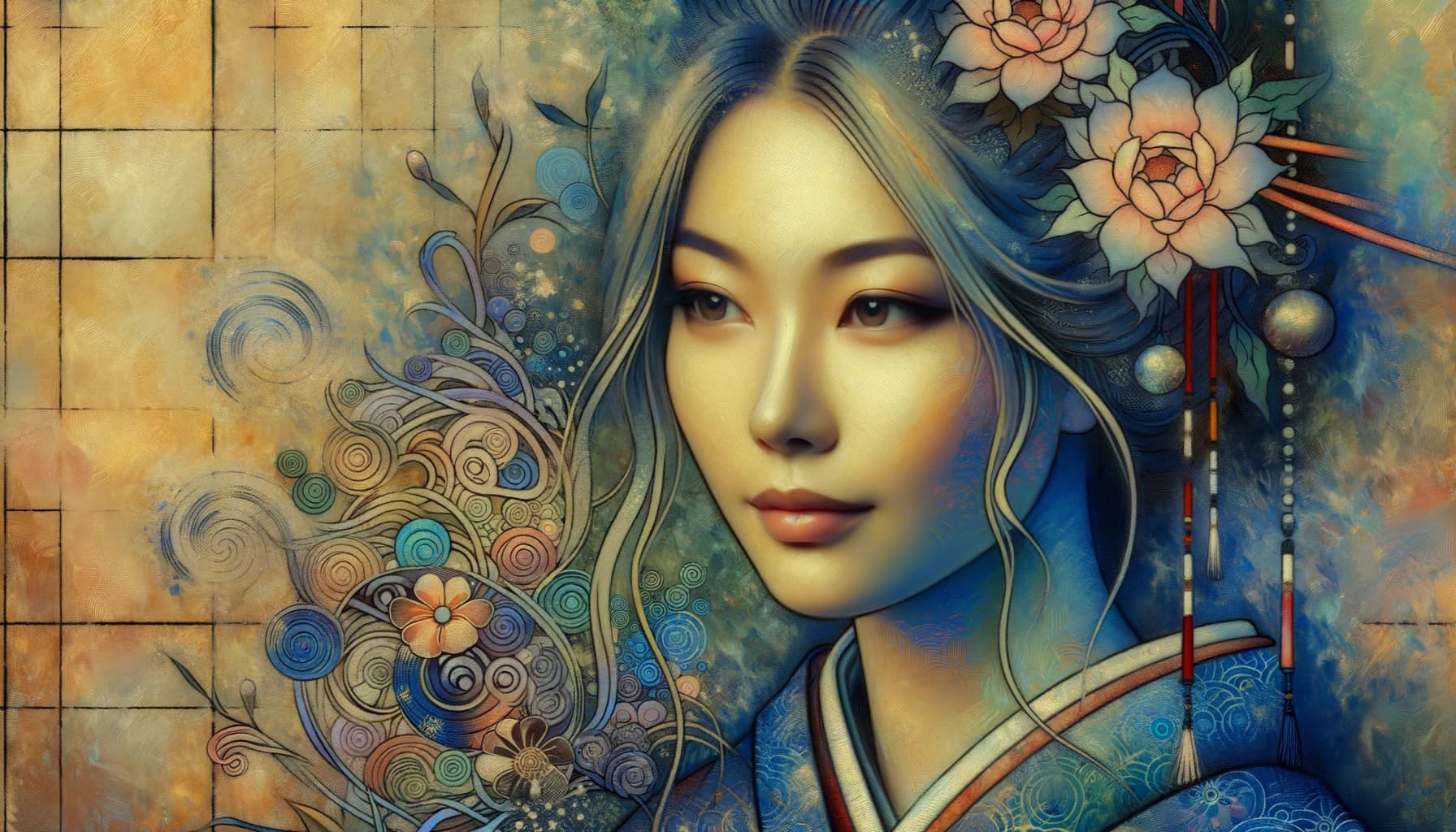Breakdown of sono dorama ha sekai no hito no seikatu wo egaite iru you da.

Questions & Answers about sono dorama ha sekai no hito no seikatu wo egaite iru you da.
Here it’s read as えがいている (egai-teiru). The verb 描く has two common readings:
- えがく: to depict/portray/describe (in writing/film). Suits this sentence about a drama.
- かく: to draw (a picture). For example, 絵を描く (えをかく).
Don’t confuse it with 書く (かく) “to write.”
So the whole clause is read: そのドラマは…生活をえがいているようだ。
The 〜ている form often marks:
- an ongoing action (is doing),
- a habitual/characteristic action (does, depicts),
- or a resulting state (is in a state of).
For works of art/media, 〜ている commonly expresses their content or characteristic behavior. So 描いている means “(it) depicts” as a general property of the drama, not necessarily “is depicting right now.”
ようだ marks the speaker’s inference based on evidence (e.g., what you watched in a trailer or heard secondhand but also did some judging yourself). It softens the claim to “it seems/appears.”
- Without it: そのドラマは…描いている。 (a confident statement)
- With it: そのドラマは…描いているようだ。 (sounds less assertive, more inferential)
- ようだ: inference/appearance based on evidence available to you.
Example: そのドラマは…描いているようだ。 - そうだ (hearsay): “I hear that…”
Example: そのドラマは…描いているそうだ。 - らしい: apparently/seemingly (often hearsay-like, but can include your inference).
Example: そのドラマは…描いているらしい。 - みたい: colloquial counterpart of ようだ.
Example: そのドラマは…描いているみたい。
Note: V-ます stem + そうだ is the “looks like it will V” pattern (e.g., 雨が降りそうだ), but with 描いているそうだ you’re using the hearsay そうだ.
ようだ is plain style. Polite versions:
- ようです: そのドラマは…描いているようです。
- You can also make the verb polite: 描いています.
Together: そのドラマは世界の人の生活を描いているようです。 (mixed polite/neutral is fine)
Fully polite: そのドラマは世界の人の生活を描いていますようです。 is not correct—don’t insert ます inside ようです. Use either 描いているようです or drop ようです and say 描いています depending on nuance.
は marks the topic (“as for that drama…”), which is natural when describing a work’s content.
Using が would focus/identify the subject (“it is that drama that…”), e.g., contrasting with other shows:
- Topic: そのドラマは世界の人の生活を描いている。 (neutral description)
- Subject-focus: そのドラマが世界の人の生活を描いている。 (implies contrast/emphasis)
It’s a chain of possessive/attributive の:
- 世界の人 = “people of the world”
- 人の生活 = “the lives of people”
Stacked: 世界の[人の[生活]] = “the lives of the world’s people.”
Multiple の in a row is normal in Japanese.
All are possible, but nuance differs:
- 世界の人: generic “people of the world.” Acceptable, but can feel singular/generic.
- 世界の人々: explicitly plural “peoples/people” (more natural/formal in writing).
- 世界の人たち: plural with a conversational tone.
Many would say: そのドラマは世界の人々の生活を描いている。
To emphasize “across the world,” use 世界中: 世界中の人々の生活.
- 生活 (せいかつ): daily life/living conditions (objective, wide use).
- 暮らし (くらし): everyday life/lifestyle (slightly warmer, colloquial/literary).
- 人生 (じんせい): one’s life as a whole (life story, philosophy).
Here, 生活 or 暮らし fit best. 人生 would shift the meaning to “(entire) life.”
Example: そのドラマは世界中の人々の暮らしを描いている。
描く is a transitive verb that takes the direct object with を:
- 世界の人の生活を描く = “depict people’s lives.”
You can also talk “about” a topic with について when you’re not directly painting/depicting it as an object:
- 世界の人の生活について描く can be used, but it sounds like “draw/write about” rather than “portray” the lives themselves. For content descriptions, X を描く is the default.
Japanese often uses passive to highlight what is depicted rather than who depicts it:
- Active: そのドラマは世界の人々の生活を描いている。
- Passive/content-focused: そのドラマでは世界の人々の生活が描かれている。
Both are fine; the passive feels a bit more “program-note”/descriptive.
This いる is not the “to exist (animate)” verb. In V-ている, いる is an auxiliary marking aspect (ongoing/habitual/result state). It attaches regardless of whether the subject is animate or not:
- ドアが開いている (result state, inanimate subject)
- ドラマは…描いている (habitual/content)
Yes, but they differ:
- このドラマ: “this drama” (near me/the speaker, or the one I just introduced).
- そのドラマ: “that drama” (known from context, previously mentioned, or near the listener).
- あのドラマ: “that drama over there” (far from both, or both know which one).
In writing about a previously mentioned show, そのドラマ is common.
Word order is flexible, but the given order is the most natural. You can front the object for emphasis or contrast:
- Neutral: そのドラマは世界の人の生活を描いているようだ。
- Emphasis on the object: 世界の人の生活を、そのドラマは描いているようだ。
- Content-focused passive: そのドラマでは世界の人の生活が描かれているようだ。
In casual speech, final だ after ようだ can be dropped:
- …描いているようだ。 (plain)
- …描いているよう。 (softer, more colloquial/feminine in feel)
For polite speech, use ようです instead of dropping だ.
Standard orthography (no spaces):
そのドラマは世界の人の生活を描いているようだ。
Reading (kana): そのどらまは せかいの ひとの せいかつを えがいている ようだ。
よう is a noun-like word that forms patterns:
- N のようだ / V-plain ようだ: “seems/appears like …”
- N のような + N: 映画のようなドラマ (“a drama like a movie”)
- N のように + V/Adj: 子どものように笑う (“laugh like a child”)
In your sentence, it’s the sentence-final ようだ (inference).